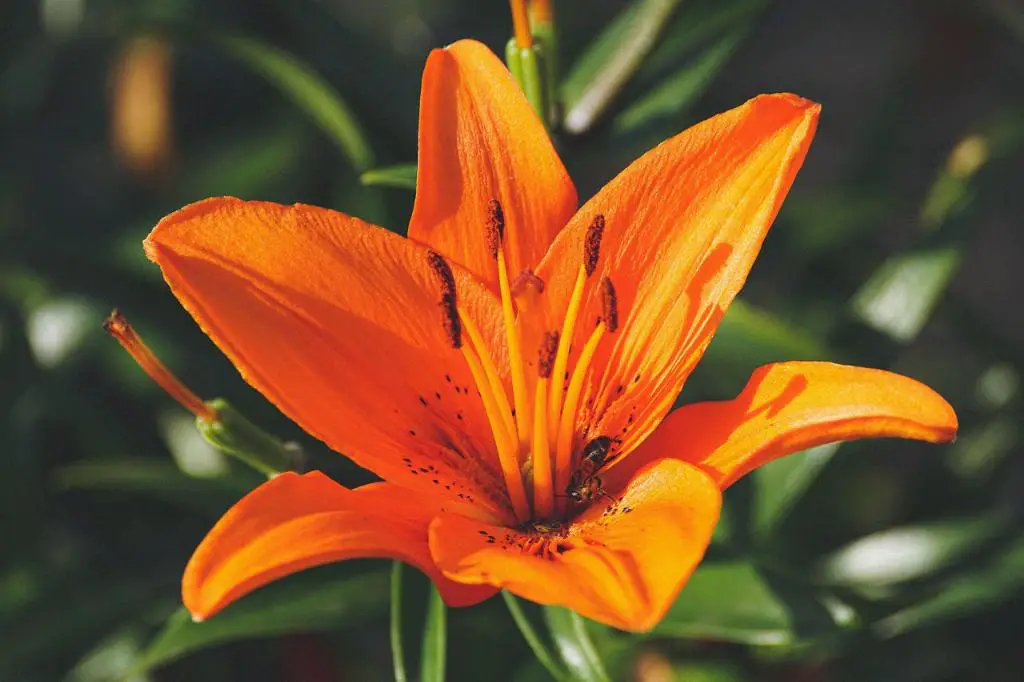If you’ve noticed your peace lily’s leaves drooping, it’s important to address this issue promptly to ensure the health and vitality of your plant. One common reason for drooping peace lily leaves is the lack of humidity in its environment. Peace lilies are native to tropical regions, where humidity levels are naturally higher than what is typically found in most indoor spaces.
When a peace lily is exposed to low humidity levels, it struggles to retain moisture in its leaves, leading to drooping and wilted foliage. To combat this issue, it is vital to increase the humidity around your peace lily plant. There are several simple ways to achieve this, such as misting the leaves regularly with water, placing a tray of water near the plant to evaporate and humidify the air, or using a dedicated humidifier in the room.
Another possible cause of drooping peace lily leaves is overwatering. While peace lilies enjoy consistently moist soil, they are susceptible to root rot if their roots are sitting in waterlogged conditions. If you suspect overwatering as the culprit, allow the soil to dry out slightly before watering again. Ensure that your peace lily is planted in well-draining soil and that excess water can easily escape from the pot.
Furthermore, insufficient or excessive light exposure can also impact the health of your peace lily plant. Peace lilies thrive in bright, indirect light, but direct sunlight can scorch their leaves, causing them to droop and yellow. On the other hand, if your peace lily is placed in a dark corner with minimal light, it may struggle to photosynthesize effectively, leading to weak and droopy foliage.
Inspect the placement of your peace lily and ensure that it is receiving adequate but indirect sunlight to promote healthy growth. Consider moving the plant to a location where it can benefit from filtered light or place a sheer curtain between the plant and the window to diffuse the sunlight.
In addition to environmental factors, nutrient deficiencies can also contribute to peace lily drooping. If your plant is lacking essential nutrients such as nitrogen, potassium, or phosphorus, it may display symptoms of nutrient deficiency, including drooping leaves and stunted growth.
To ensure that your peace lily receives the necessary nutrients for optimal growth, consider fertilizing it regularly with a balanced water-soluble fertilizer. Follow the instructions on the fertilizer package carefully to avoid over-fertilizing, which can harm the plant. A well-fed peace lily is more likely to thrive and display healthy, upright foliage.
Pests and diseases can also impact the overall health of your peace lily plant, leading to drooping leaves and other visible symptoms. Common pests that may infest peace lilies include spider mites, aphids, and mealybugs, which can sap the plant’s vitality and cause leaf damage.
Regularly inspect your peace lily for signs of pest infestations, such as webbing, sticky residue on leaves, or tiny insects crawling on the plant. If pests are detected, treat your peace lily with an appropriate insecticidal soap or neem oil spray to eliminate the pests effectively while minimizing harm to the plant.
In conclusion, if your peace lily is drooping, it is crucial to identify the underlying cause promptly and take appropriate measures to rectify the issue. By addressing factors such as humidity levels, watering practices, light exposure, nutrient deficiencies, and pest infestations, you can promote the health and vitality of your peace lily plant, ensuring that it thrives and flourishes in its environment.

